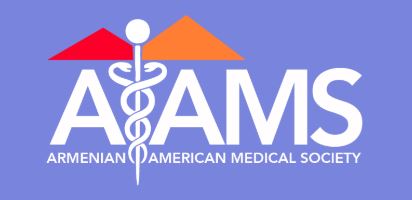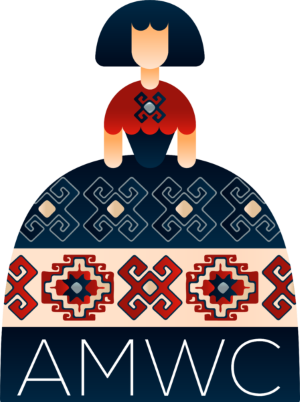 |
CME Planning document for Madrid 14th Armenian Medical World Congress Addressing the |
 |
AAMS Mission Statement:
The Armenian American Medical Society is an organization of medical professionals of Armenian descent. We are committed to delivering humanitarian aid in Armenia and across the Diaspora, mentoring healthcare professionals, and serving the Armenian community through education, outreach and professional development.
AMWC2025 Mission
"Our mission at AMWC 2025 is to foster meaningful connections and collaboration between Armenian health professionals and international experts to drive tangible improvements in healthcare for Armenia. Through knowledge exchange, networking, and scientific discourse, we aim to translate cutting-edge medical insights into actionable strategies that enhance healthcare outcomes. By bringing together professionals from both the public and private sectors, we seek to create lasting partnerships and contribute to the sustainable development of Armenia's healthcare system, while also strengthening the global Armenian medical community."
Session: Addressing the challenges in AMI management.
| Educational Planning and Evaluation | |
| Educational Needs |
The provider incorporates into CME activities the educational needs (knowledge, competence, or performance) that underlie the professional practice gaps of their own learners. (formerly Criterion 2)
|
|
Practice gap: acute myocardial infarction is the leading cause of death in Armenia. World Health Organization data for 2021 indicated that the overall death rate from ischemic heart disease was 378.9 per 100,000 (329 per 100,000 for females and 473 per 100,000 for males). Corresponding rates for the United States were 123/100 K for females and 169/100 K for males. in France, those numbers were 88 and 104 respectively.
Although Armenia has centers of excellence for cardiology and interventional cardiology, barriers must be overcome. These include poor recognition and control of risk factors (such as hypertension, insulin resistance and diabetes), lack of acute facilities in the Marzes (rural regions outside the capital of Yerevan) and difficulty in transporting patients to acute facilities. Acccess to and payment for advanced devices and drugs is compounded by the reality that patients experience high out-of-pocket costs for these products.
|
|
| Designed to Change |
The provider generates activities/educational interventions that are designed to change competence, performance, or patient outcomes as described in its mission statement. (formerly Criterion 3)
|
|
Objectives: This roundtable session aims to bring together leading experts in cardiology, emergency medicine, and interventional care to:
|
|
| Appropriate Formats |
The provider chooses educational formats for activities/interventions that are appropriate for the setting, objectives, and desired results of the activity. (formerly Criterion 5)
|
|
Format: Roundtable discussion
Speakers/Moderators Hamayak Sisakian
1. Opening Remarks (5 min) Moderator introduces the session objectives and participants. • Pr. Hamlet Hayrapetyan - "Achievements and Gaps in Myocardial Infarction Management in Armenia: Current Status and Future Perspectives" 4. Closing Summary, key takeaways and action items.
|
|
| Competencies |
The provider develops activities/educational interventions in the context of desirable physician attributes (competencies). (formerly Criterion 6)
|
|
Desirable physician attributes: patient centered care, interdisciplinary teams, evidence-based practice, medical knowledge, systems-based practice
|
|
| Analyzes Change |
The provider analyzes changes in learners (competence, performance, or patient outcomes) achieved as a result of the overall program's activities/educational interventions. (formerly Criterion 11)
|
|
Anticipated results:
|